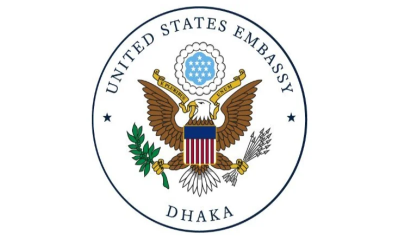Sixty-nine more dengue patients were hospitalised in 24 hours till Thursday morning, reports UNB citing the daily update of the Directorate General of Health Services (DGHS).
Among them, 52 patients were hospitalised in Dhaka while the remaining 17 in other places, it said.
As many as 264 dengue patients, including 203 in the capital, are now receiving treatment at hospitals across the country.
On Tuesday, this year’s death toll from the mosquito-borne viral disease rose to five with two more deaths reported from Dhaka and Cox’s Bazar.
On June 21, the DGHS reported the first death of the season from the viral disease.
This year, the DGHS has recorded 1,979 dengue cases and 1,710 recoveries so far.
Although dengue – a leading cause of serious illness and death in some Asian and Latin American countries – was first reported in Bangladesh in 1964, the first epidemic occurred in 2000, claiming 93 lives that year. It has since become endemic in the country, with outbreaks recorded every year since. Although for a three-year period at one point, the number of deaths from the virus fell almost near zero, its most fatal year yet was in 2019, when 179 died experiencing the severe form of the disease.
When the Covid-19 pandemic hit in 2020, it seemed to take a backseat, as only three deaths were reported from dengue that year.
However, 105 dengue patients, including 95 in Dhaka division, died in 2021.
Dengue is found in tropical and sub-tropical climates worldwide, mostly in urban and semi-urban areas.
About 4 billion people, almost half of the world's population, live in areas with a risk of dengue, according to the US Centers for Disease Control and Prevention.
Each year, up to 400 million people get infected with dengue while approximately 100 million get sick from infection, and 40,000 die from severe dengue, it says.
"There is no specific treatment for dengue or severe dengue. Early detection of disease progression associated with severe dengue, and access to proper medical care lowers fatality rates of severe dengue to below 1 per cent," according to the World Health Organization.




-20251218165258.jpeg)

























-20251216054240.jpeg)

-20251216090625.jpeg)
